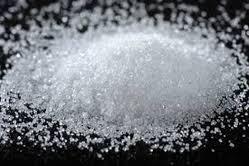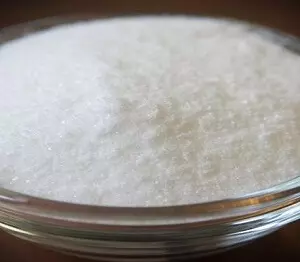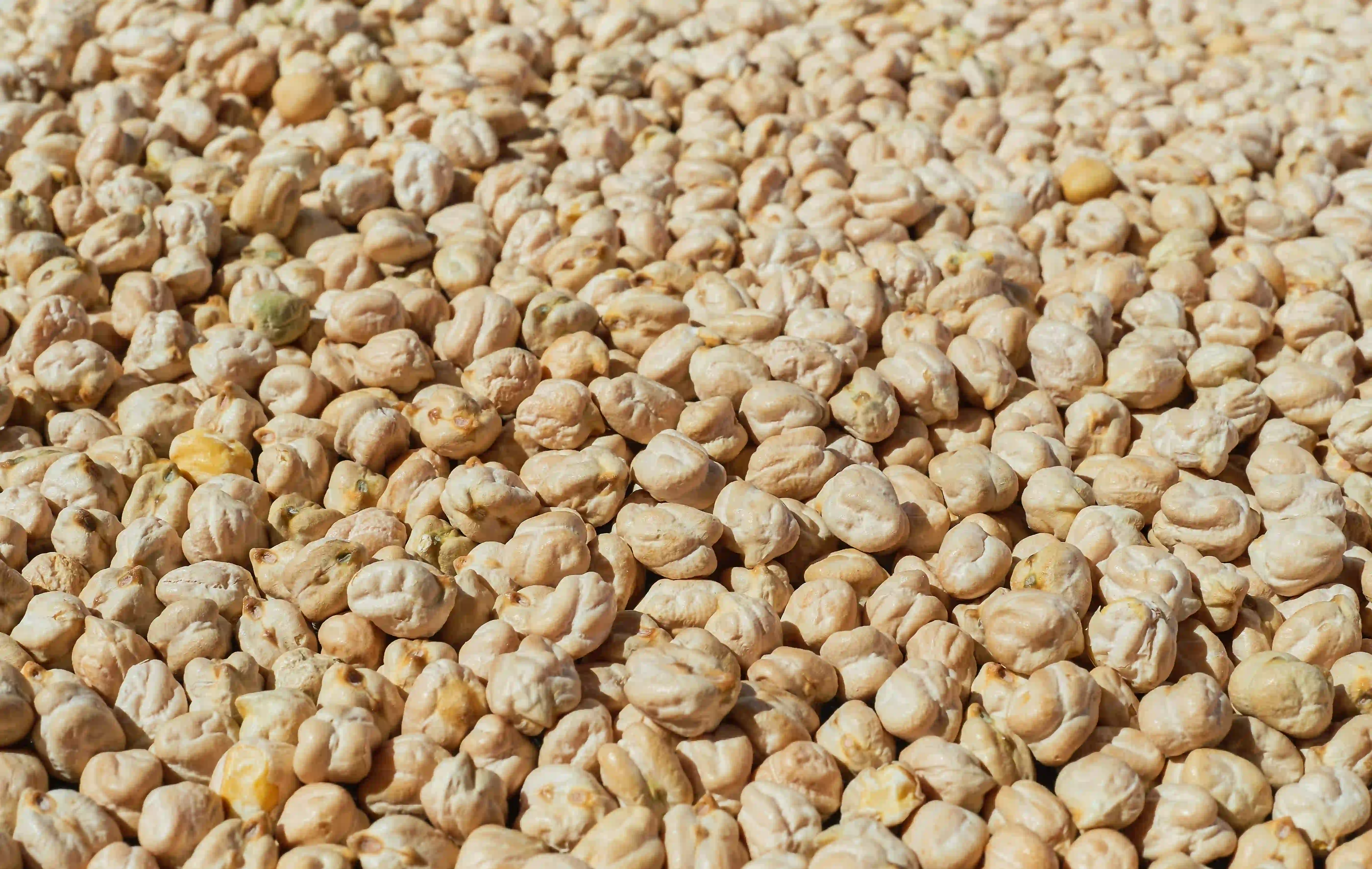Sodium Bisulfite (Food) - China
|
IUPAC Name |
: Sodium Hydrogen Sulfite |
|
Cas Number |
: 7631-90-5 |
|
HS Code |
: 2832.10.90 |
|
Formula |
: NaHSO3 |
Basic Info
|
Appearance Name |
: White Crystalline Powder |
|
Common Names |
: E222 |
|
Packaging |
: 25 Kg PP/PE Bags |





